On August 30, 1958, Flight Lt Owen Watkinson of the British Royal Air Force crashed his De Havilland Venom onto the Saiq Plateau of Jebal Akhdar, Oman. For many years this crash was thought to be a fallen Huey helicopter by the locals, but thanks to research by Professor Laurence Garey, we now know more. What was a British fighter/bomber doing in Omani airspace? Why did it crash?
 For this we need a little background history about the Sultanate. During this time (1820–1970) Oman wasn’t the unified country as we know it today. It was known as the Sultanate of Muscat and Oman. The coastal, more secular, regions were controlled by the Sultan of Muscat, and the religious interior, called the Imamate of Oman, was controlled by an elected imam. Together they were a British protectorate along with the neighboring Trucial States in present day United Arab Emirates.
For this we need a little background history about the Sultanate. During this time (1820–1970) Oman wasn’t the unified country as we know it today. It was known as the Sultanate of Muscat and Oman. The coastal, more secular, regions were controlled by the Sultan of Muscat, and the religious interior, called the Imamate of Oman, was controlled by an elected imam. Together they were a British protectorate along with the neighboring Trucial States in present day United Arab Emirates.
There was fighting back and forth for years between Muscat and Oman. The Imamate was strong with support from Saudi Arabia, and Muscat was weak because they lacked the slave and trading revenue they once had due to European pressure and expansion. With British help, the Sultanate of Muscat was able to fend off attacks from the interior.
The Treaty of Seeb
British military involvement on the peninsula was omnipresent. The Sultan’s army was officered by British soldiers, as was the neighboring Trucial States. The British Royal Air Force also had bases in the region and were within striking distance from Aden, Yemen. However, the strong arm of the United Kingdom wasn’t the only force employed.
Fighting continued until 1920, when British diplomats helped arrange an agreement between the Sultanate of Muscat, and Imamate of Oman. The Treaty of Seeb consolidated the Sultan’s rule over foreign affairs, and allowed the Imamate to handle their own internal affairs, autonomously. Peace at last, but not for long.
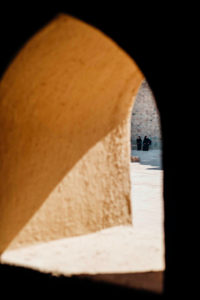 The Buraimi Dispute
The Buraimi Dispute
Buraimi is an oasis which bordered the states of Abu Dhabi and Oman, as it does today. The spring water supported farming activities for nine villages, six on the Abu Dhabi side, and three on the Omani side. However, water wasn’t the only precious liquid in the area. Joint owned Saudi-American oil company, ARAMCO, thought there was liquid gold in the region, and positioned themselves accordingly. Saudi Arabia laid claim to the surrounding land, citing non permanent settlements that vanished long ago.
The Sultan of Muscat and Imam of Oman didn’t agree, and joined forces to squash the Saudi forces garrisoned in Buraimi in 1952. The British stepped in to cool things down. They persuaded Sultan Said to call off the attack, and organized an isolation of the Saudi garrison with a benevolent siege instead.
Meanwhile, the Saudis tried to win over the locals in the Imamate with money, arms, and promises. So, when they were eventually expelled from Buraimi by the British in 1955 their presence still remain.
Omani Oil
The Treaty of Seeb allowed the Sultan of Oman to handle foreign affairs, and that’s exactly what Sultan Said did when he invited the Iraq Oil Company (a British oil company) into the country to explore for oil. On the contrary, newly elected and Saudi influenced Imam Ghalib bin Ali al Hinai had a different interpretation, and considered the oil as an internal matter. For him to control under the Treaty of Seeb. The stage was set, in 1954, for the Jebal Akhdar War.
Jebal Akhdar War
Imam Ghalib bin Ali al Hinai continued to attack the oil company and the Sultan’s forces while declaring an independent state and applying for Arab League membership. The Sultan’s forces, with RAF and British Army support, fought back. Ghalib, his brother Talib, and their 300 Saudi sponsored fighters retreated onto the impenetrable heights of Jebal Akhdar, in 1957.
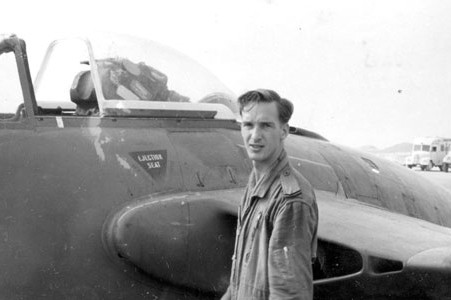 Which bring us to the fateful flight of De Havilland Venom WR552 piloted by Flight Lt Owen Watkinson on August 30, 1958. Watkinson is thought to have misjudged his pull out from a strafing dive against a flock of goats. He struck the ground and came to rest in a ball of twisted metal and wood near the village of al Ain, where he and his craft still remain today.
Which bring us to the fateful flight of De Havilland Venom WR552 piloted by Flight Lt Owen Watkinson on August 30, 1958. Watkinson is thought to have misjudged his pull out from a strafing dive against a flock of goats. He struck the ground and came to rest in a ball of twisted metal and wood near the village of al Ain, where he and his craft still remain today.
RAF Venom Crash Site
Not much of the Venom remains. The instrument panel, cockpit canopy, landing gear, and basically anything small has long been scavenged. What remains is the center wing section and De Havilland Ghost jet engine, which now sits next to Watkinson’s unmarked grave, and is surrounded by a barbwire topped fence.
About seven meters to the south lies a paved road which leads to the village of Bani Habib. The target of many RAF Venom sorties. Immediately to the north lies a Royal Army of Oman firing range. The modern version of the force he was tasked to support. Flight Lt Owen Watkinson may have lost his battle, but eventually he won the war.
RAF Venom Crash Site – Jebal Akhdar
[osm_map_v3 map_center=”23.076,57.66″ map_border=”solid thin #F0F0F0″ zoom=”17″ width=”100%” height=”450″ file_list=”../../../../wp-content/uploads/2017/03/084_raf_venom_crashsite_wpt.gpx” file_color_list=”red” type=”cyclemap”]
 Disclaimer: While every effort is made to provide accurate information, this information is made available with the understanding that data is provided with no warranties, expressed or implied, concerning data accuracy, completeness, reliability, or suitability. This site and its contributors shall not be liable regardless of the cause or duration, for any errors, inaccuracies, omissions, or other defects in, or untimeliness or inauthenticity of, the information, or for any delay or interruption in the transmission thereof to the user, or for any claims or losses arising therefrom or occasioned thereby. The end user assumes the entire risk as to the quality of the data.
Disclaimer: While every effort is made to provide accurate information, this information is made available with the understanding that data is provided with no warranties, expressed or implied, concerning data accuracy, completeness, reliability, or suitability. This site and its contributors shall not be liable regardless of the cause or duration, for any errors, inaccuracies, omissions, or other defects in, or untimeliness or inauthenticity of, the information, or for any delay or interruption in the transmission thereof to the user, or for any claims or losses arising therefrom or occasioned thereby. The end user assumes the entire risk as to the quality of the data.
Sources
Meagher, John B. The Jebel Akhdar War: Oman, 1954-1959. N.p.: Marine Corps Command and Staff College, 1985. GlobalSecurity.org. Web. Mar. 2017. <http://www.globalsecurity.org/military/library/report/1985/MJB.htm>.
Garey, Laurence. “The Jebel Akhdar War.” N.p., n.d. Web. Mar. 2017. <https://sites.google.com/site/lgarey/jebel-akhdar>.
Gornall, Jonathan. “Tale of a fighter pilot’s last sortie.” The National, 06 Sept. 2009. Web. Mar. 2017. <http://www.thenational.ae/news/uae-news/tale-of-a-fighter-pilots-last-sortie#full>.

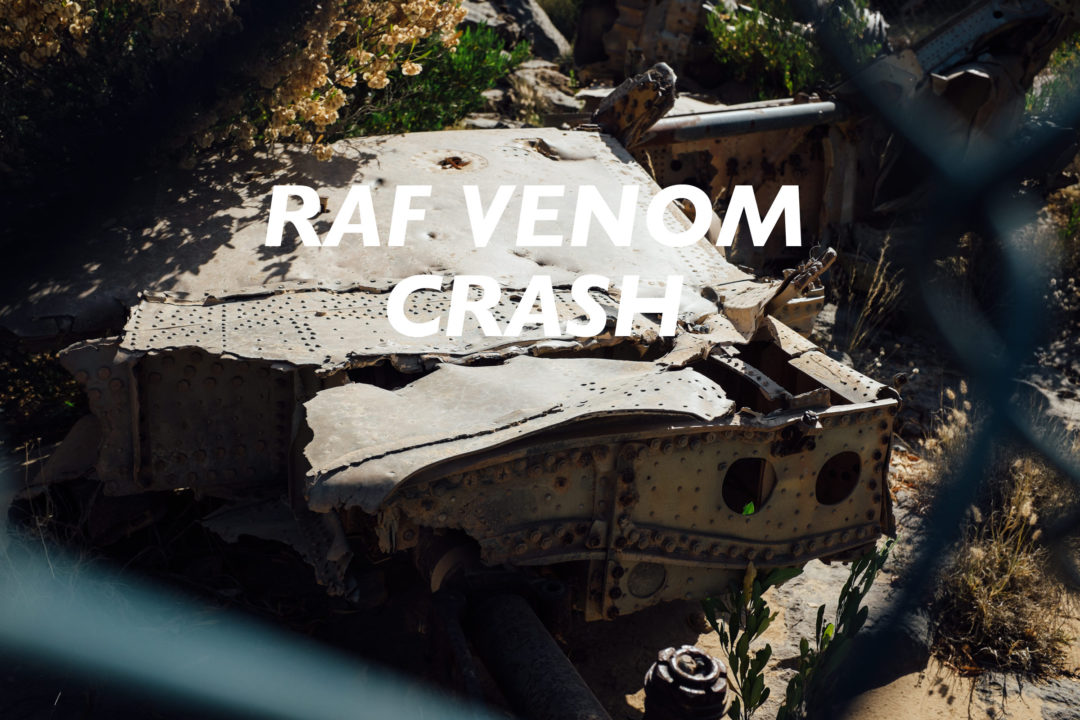
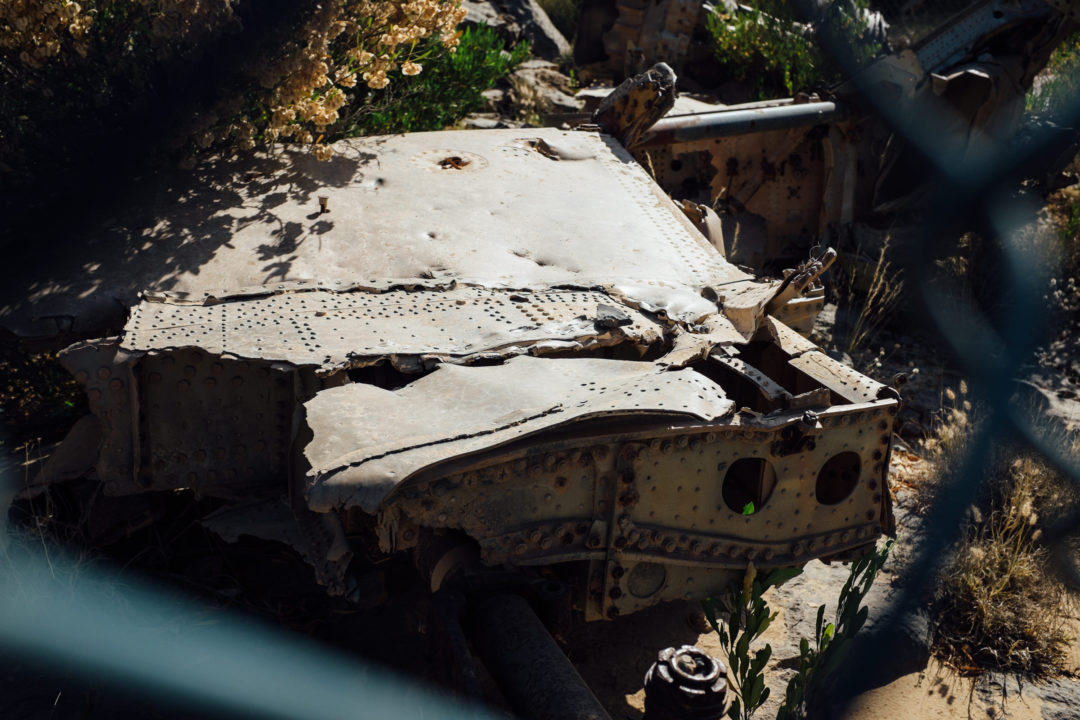
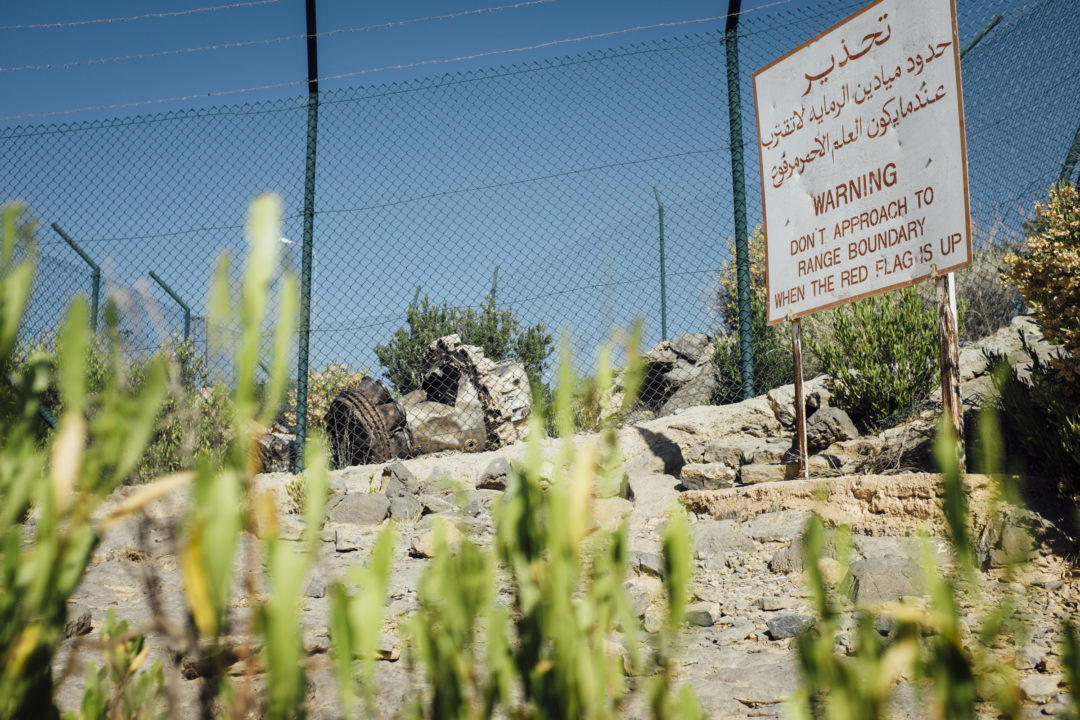
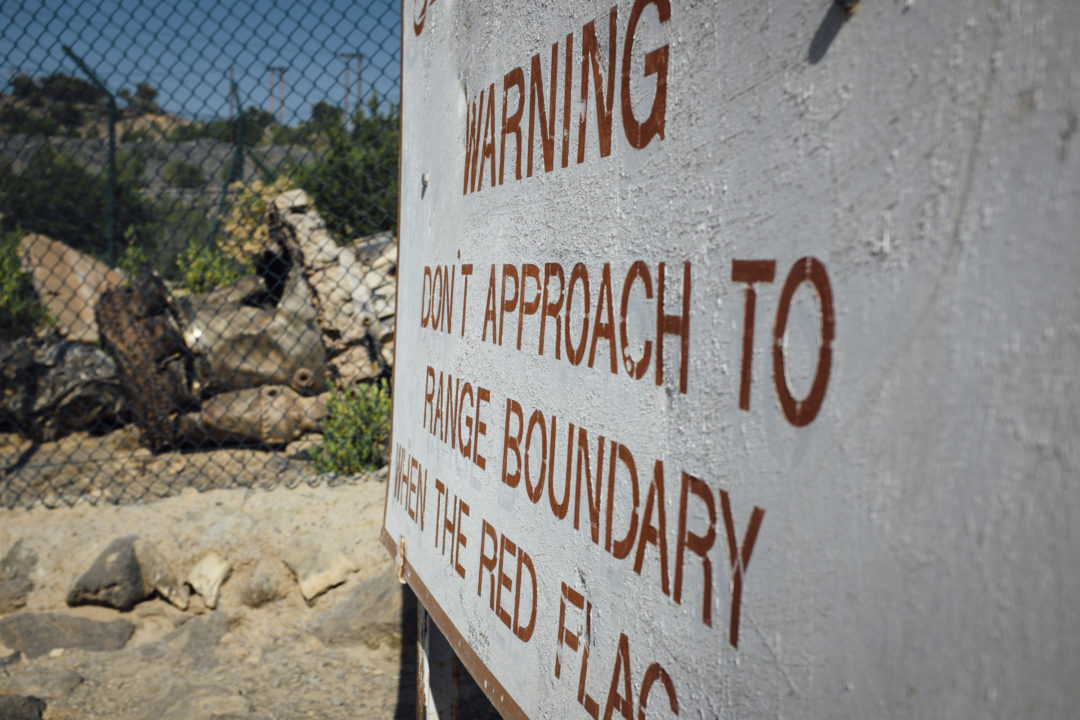
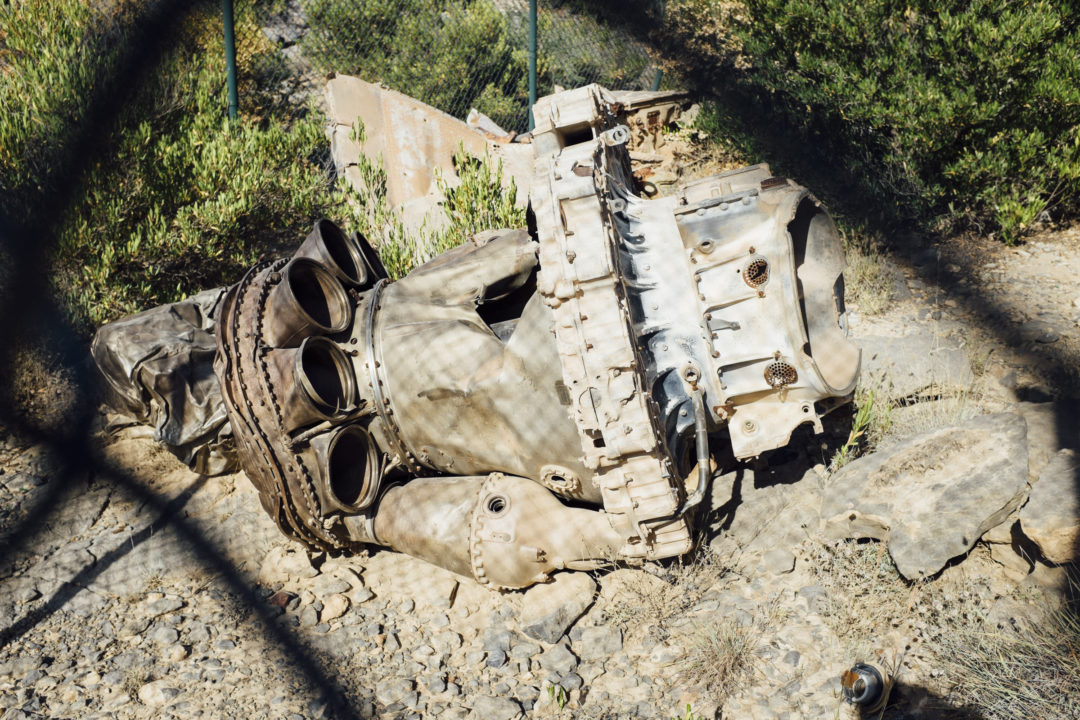
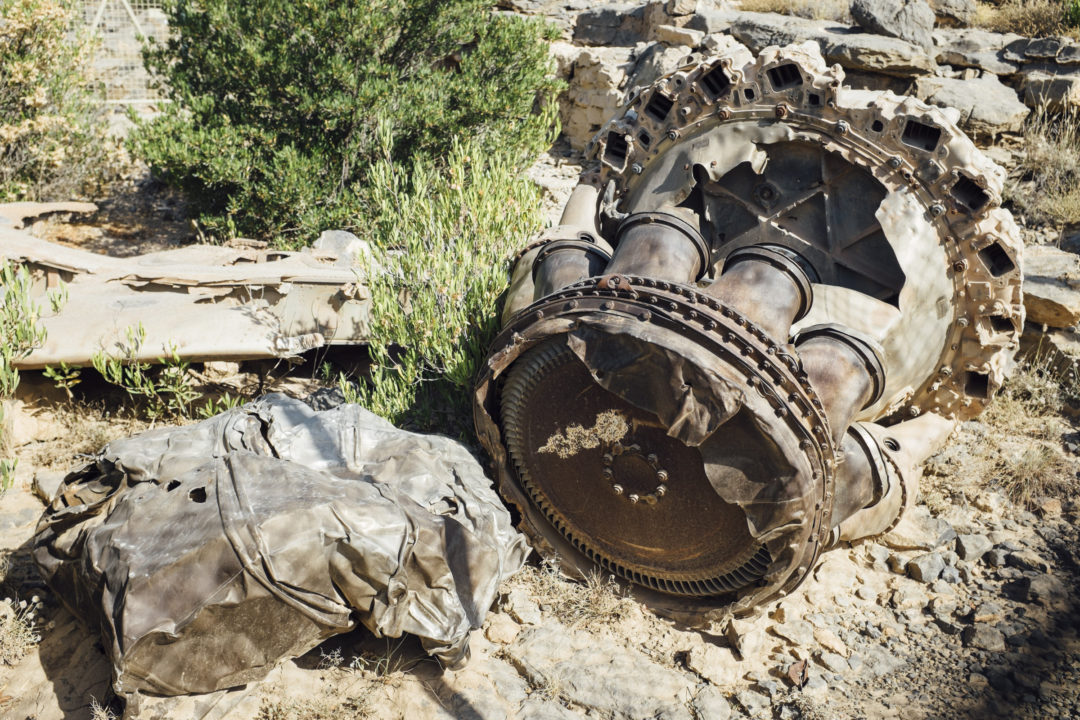

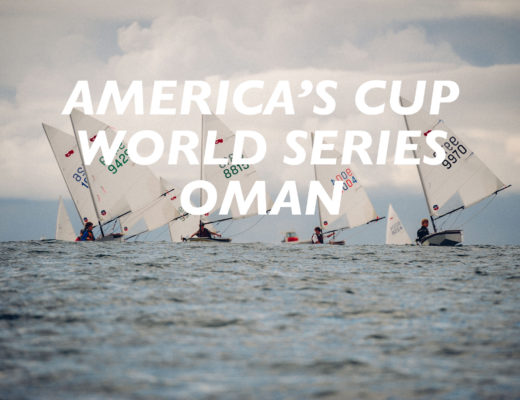
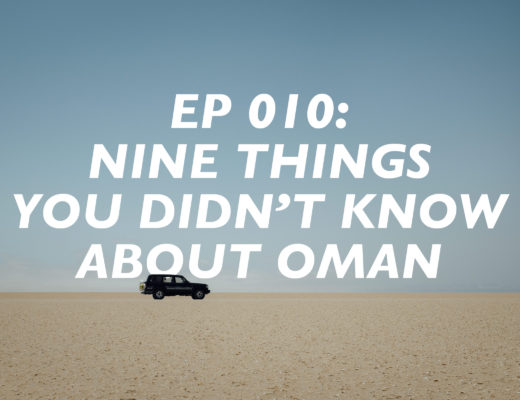
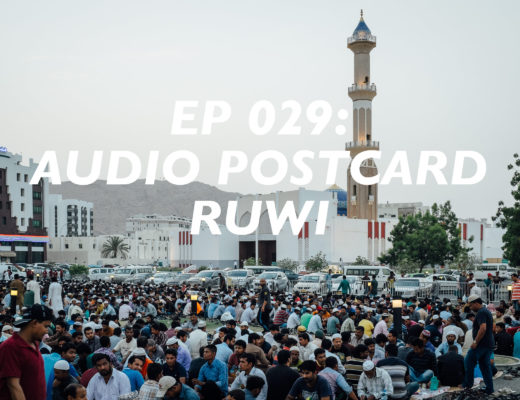
4 Comments
Thanks for the great and detailled overview over the background of the venom crash in the Saiq plateau. I have been there today and looked for more info about this and the history of the Jabeel Akhdar war.
Hi Daniel,
Thanks for the feedback. I am glad that you enjoyed the post, and found it useful. Please share it with others.
Hi
My Uncle crashed 9 April 57 while Flying his Venom WR357 at Lanzarak, Aden. Do you have anything else you could add? I am his nephew and his brother , my dad is alive.
Hi Dave,
Sorry, I don’t have any details from Venom crashes in Yemen. However, the bibliography at Laurence Garey’s site might point you in a direction. Good luck, and let me know how it goes!